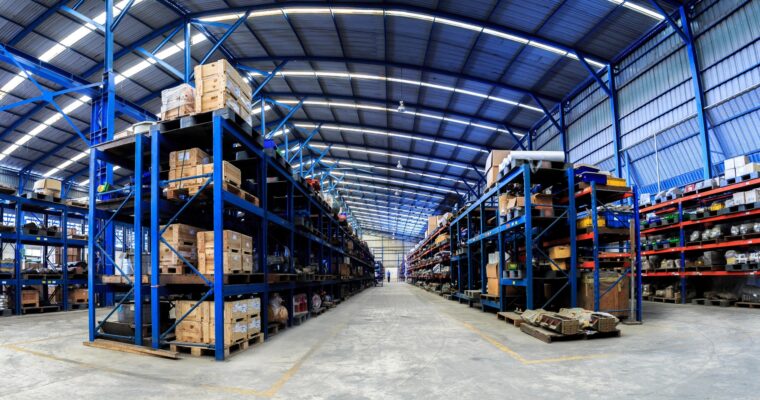Four Sourcing Tips to Identify New Quality Suppliers
Whether starting a new business or looking for a new supplier to add to your existing one, you will need to know how to identify new quality suppliers. These tips can help you how to find manufacturers for your business.
Check for Supplier Quality Certifications.
Having a supplier certified to your standards is a great way to ensure that you will have a high-quality product. But how do you know if a supplier has the proper quality certifications?
The best way to determine a supplier’s quality is by performing a formal assessment. This involves a company evaluating the supplier’s ability to meet the needs of its customers. This is an essential part of supplier management. It can be done with the help of a survey or an audit. A team of people conducts it outside of the quality department.
The quality of a supplier’s products can have a direct impact on the performance of your business. This can impact your costs and lead time. For example, if a component is not shipped when needed, the product will not perform to your standards.
When sourcing new suppliers, you should consider a supplier’s quality certifications. While there are minimal requirements, it is wise to look for credentials to ensure that you work with a company with a proven track record of delivering quality products and services.
Having a supplier that has been certified will show that the vendor has a systematic approach to quality management. It will also show that the vendor has followed international standards.
Assess the Supplier’s Financial Health
Whether your company is looking to begin working with a new supplier of food and beverage supplies or renew a current contract with a supplier for Landscaping Supplies, it is crucial to assess the supplier’s financial health. Doing so can minimize the risk of your business negatively affecting a supplier’s failure to meet its obligations.
In addition to evaluating the financial status of a supplier, you must also examine its management, information systems, and corporate values. You also need to assess the supplier’s performance evaluation system, training and development programs, and mission and vision.
One of the simplest ways to assess a supplier is to look at its credit history. While this can be time-consuming, it can help you make the best decision for your company. For example, if the company isn’t financially sound, it may not be able to get financing and may not stay in business for long.
A financial viability check can also include anecdotal evidence from other customers or relevant industry associations and impressions of unusual supplier behavior. But, hiring a consultant may be the solution if you need more time or expertise to conduct a thorough examination. They can also help you write an RFP and perform financial analysis.
A comprehensive supplier risk management solution can assess a supplier’s financial health and provide continuous monitoring. These solutions analyze critical data to identify essential risks early. They can also offer a peer benchmark report comparing a supplier’s trouble with the sector’s. This can help a company drive new levels of supply chain resilience.
Look for a Supplier with Expertise
Identifying the best suppliers can be a daunting task. A business must consider various factors to find the best supplier to meet its needs. In addition, it may require a multi-supplier strategy to minimize risk and streamline product sourcing.
The most important factor is a supplier’s capability to meet your needs. A supplier’s abilities are based on their financial health, shipping capabilities, and commitment to providing excellent service. You must ask a few critical questions to ensure your supplier is ready to meet your needs.
The best suppliers will likely deliver the best product and service for a reasonable price. Depending on your business model, consider a more local supplier. This may provide better customer service and a closer relationship with your supplier. A local supplier will also be more likely to be able to coordinate deliveries within a short timeframe.
To decide which supplier is the right fit, you will want to evaluate your needs and determine whether or not you wish to work with a local or an overseas supplier. An overseas supplier may be affected by various external factors, including the geopolitical climate, unstable labor relations, and weather-related events.
Monitor your Suppliers Against your Business’s Priorities
Keeping a close eye on your suppliers’ performance is essential. This will allow you to benchmark them against your business’s priorities and implement continuous improvement. In addition, a supplier performance dashboard can help you keep track of the performance of each supplier so that you can make the best decisions.
A supplier performance dashboard can be used to determine performance opportunities and identify risk areas in your supply chain. You can also use it to ensure that your suppliers meet their contractual obligations and comply with your payment terms. You can also use the dashboard to compare the performance of individual suppliers. For example, if your supplier needs to meet your standards, you can contact them and ask for additional information to help you improve their performance. You can also use the dashboard to negotiate better payment terms.
A supplier performance dashboard is also helpful for analyzing the materials that your suppliers source, which can help you avoid tail spending and keep track of your overall supply chain. It also allows you to assess the impact of trade or geopolitical turmoil on your supply chain. The dashboard also gives you a breakdown of your suppliers’ sourcing regions. You can also track the top suppliers in your industry.
Another benefit of supplier performance dashboards is that they provide transparency to your purchases. This helps you negotiate better delivery times and payment terms with your suppliers.







0